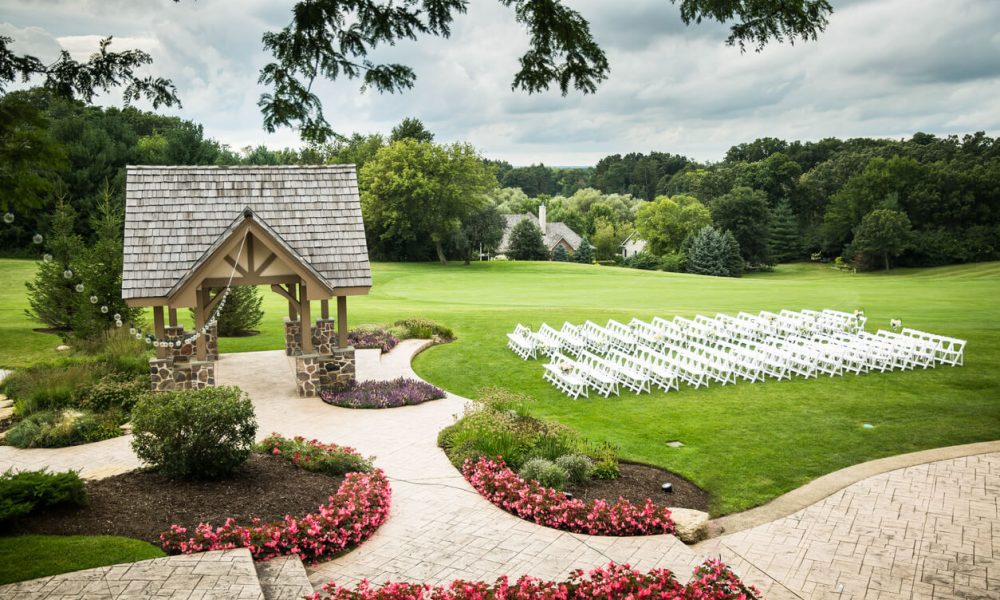From weddings and corporate events to concerts and community gatherings, the perfect venue sets the stage for unforgettable experiences. But behind every successful event space lies a blend of design, functionality, and real estate savvy. When approached through a real estate lens, crafting the ideal venue means more than aesthetics — it’s about flow, location, usability, and long-term value.
Here’s a breakdown of key elements that contribute to designing a venue experience that impresses from every angle:
1. Prioritize an Accessible and Strategic Location
Location is everything in real estate — and that rings true for venues, too. The perfect spot should be easily accessible via main roads and public transport, offer plenty of parking, and ideally be close to accommodation options for out-of-town guests. Venues like The Venue at Friendship Springs exemplify this with a well-connected, convenient setting that doesn’t compromise on charm.
2. Design for Flexibility and Versatility
A modern event venue must be able to adapt to a variety of functions — from intimate gatherings to large-scale productions. Incorporating open floor plans, modular furniture, and partitioning options allows the space to shift effortlessly between event types, increasing both its usability and revenue potential.
3. Focus on Flow and Guest Experience
Efficient layout is key. Guests should be able to move seamlessly from one area to another, with clear signage and intuitive space transitions. Think: dedicated spaces for mingling, dining, entertainment, and relaxation. Good flow reduces crowding and helps events feel more organized and comfortable.
4. Invest in Top-Tier Amenities
From climate control and lighting to acoustic design and AV technology, amenities can make or break a venue’s reputation. A professionally designed venue incorporates these features with minimal disruption, ensuring clients have everything they need to deliver high-quality events.
5. Enhance the Exterior Appeal
Curb appeal matters — not just in residential real estate but in event spaces as well. Beautiful landscaping, well-lit entrances, and distinctive architectural touches all contribute to the first impression. Venues that photograph well, like The Venue at Friendship Springs, naturally become more desirable to hosts and planners.
6. Blend Style with Functionality
While aesthetics are important, practicality should never be overlooked. Thoughtful choices in flooring, wall finishes, and furniture should not only reflect the style of the space but also support heavy use and easy maintenance. Smart, durable design elements make for long-term satisfaction and fewer renovations down the line.
7. Consider Acoustics and Lighting Early On
Sound and lighting play a critical role in the ambiance of any event. A real estate-minded designer will prioritize acoustic treatments and natural lighting during the planning stage, ensuring the space delivers both comfort and performance — without expensive retrofits.
8. Create Supporting Spaces That Add Value
Great venues go beyond the main room. Consider adding breakout spaces, private dressing rooms, catering prep areas, and storage zones. These “behind-the-scenes” features often become deciding factors for event planners who need smooth operations.
9. Maximize Outdoor Opportunities
If the real estate allows, outdoor spaces can drastically expand the possibilities of a venue. Gardens, patios, or terraces provide flexibility for events, cocktail hours, or even full ceremonies. Proper lighting and sheltering elements like gazebos or awnings make these areas usable year-round.
10. Build with Future Growth in Mind
The perfect venue isn’t just built for today — it’s designed for the long haul. Whether through scalable layouts, energy-efficient systems, or expansion-ready plots, considering the long-term potential of the space will ensure it remains relevant and profitable for years to come.
Final Thoughts
Designing the perfect venue from a real estate perspective means thinking beyond décor — it’s about strategically crafting a space that performs beautifully, functions efficiently, and stands out in a competitive market.

